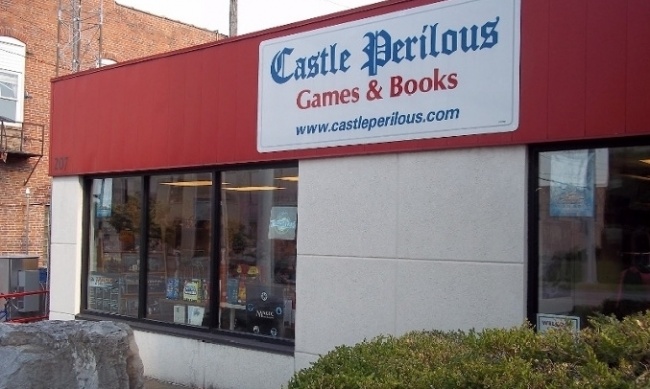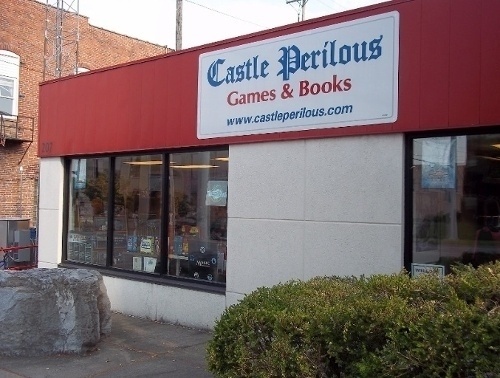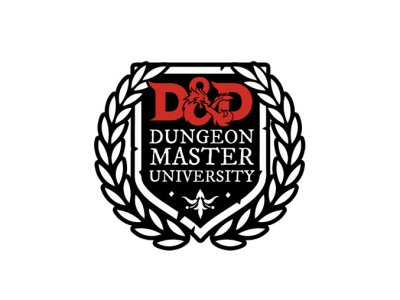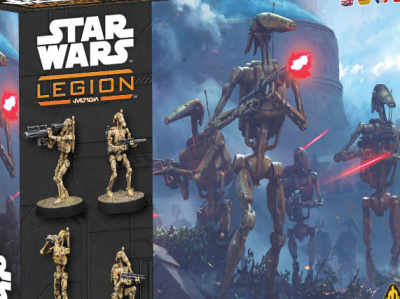Rolling for Initiative is a weekly column by Scott Thorne, PhD, owner of Castle Perilous Games & Books in Carbondale, Illinois and instructor in marketing at Southeast Missouri State University. This week, Scott Thorne elaborates on pricing concepts and how variable costs play into pricing.
We discussed pricing in my principles of marketing class this week and when I mentioned the topic on Facebook, a few people asked me to elaborate on various pricing concepts, so here we go.
You may still remember the concepts of fixed and variable costs from your Introduction to Accounting classes, if you had them. Of course, if you manufacture anything, you have to concern yourself with them on a regular basis, otherwise you go out of business, so here is a very basic discussion of them:
Variable costs. This is the cost of the material that goes directly into manufacturing and packaging product. They are called variable costs because the total amount varies based on how many units of a product you manufacture. Since a rough rule of thumb is that the costs of the materials in a product should amount to approximately 10% of the final selling price of a product, your variable costs approximate 10% of the selling price of a product (remember, this is a rough figure. Your costs will vary). Since, for example, a copy of Munchkin Deluxe sells for $29.99, the cost of the pieces, tiles, box and everything else should approximate $3. This is the variable cost of a copy of Munchkin Deluxe. If you produce 1 copy, the variable cost is $3, 500 copies is $1500. The variable cost stays the same per unit no matter how many or few of the item you make.
Fixed costs. This is the cost of overhead to make the product. There are all sorts of costs a manufacturer has to consider when making a product. They have to pay for payroll, rent, insurance, shipping, utilities, advertising, equipment, supplies, etc. The cost of all these get lumped together into fixed costs. In brief, fixed costs get allocated to each unit of a product manufactured and get figured in when calculating the price. The more units produced, the more the fixed costs get spread out. Using the Munchkin Deluxe example, say the fixed costs for Steve Jackson Games to cover all overhead are $500,000. If Steve Jackson Games produces only 1 copy of Munchkin Deluxe, the company has to allocate ALL of its fixed costs to that one game, meaning a single copy of Munchkin Deluxe has to sell for $500,003 to cover all of the company's costs to produce it. Now, while Munchkin Deluxe is a great game, it is not $500,003 great. If the company produces 500 copies, the fixed costs allocated to each copy drop to $1000, meaning each copy now has to sell for $1003 to cover all the costs, and that does not even include any profit. Better, but still not practical. Steve Jackson Games, realizing this, ramps up production to 100,000 copies, which drops the fixed cost per copy to $5. Adding on the variable cost of $3, each copy now has a cost allocated to it of $8, meaning that, at a $29.99 price point, each copy has a gross margin or gross profit of $21.99.
However, Steve Jackson Games does not get to keep all of that gross profit as they have to pay things such as taxes, interest, dividends and other expenses AND sell copies of Munchkin Deluxe to distribution and retailers at a reduced price off that $29.99 so that distributors and retailers can make a profit selling copies of the game as well. If Munchkin Deluxe continues to sell at the $29.99 price point, Steve Jackson Games, its distributors and retailers will keep selling at that price. If sales drop or production costs increase, driving up either fixed or variable costs, the price will have to change. There are other concepts to consider such as the laws of supply and demand, price elasticity and keystoning but those will keep for another column.
The opinions expressed in this column are solely those of the writer, and do not necessarily reflect the views of the editorial staff of ICv2.com.

Column by Scott Thorne
Posted by Scott Thorne on April 1, 2019 @ 8:19 am CT
MORE GAMES
New Two-Day Symposium by Tabletop Vacations
July 17, 2025
Tabletop Vacations has licensed Dungeons & Dragons to offer up a two-day Dungeon Master University symposium.
Three Expansion Packs Feature Battle Droids, General Greivous, and More
July 17, 2025
Atomic Mass Games announced three new droid expansion packs for Star Wars: Legion.
MORE COLUMNS
Column by Rob Salkowitz
July 14, 2025
Superman isn't a character who needs a general introduction to the broader public; he just needs an existing global fanbase to take a fresh look.
Column by Scott Thorne
July 14, 2025
This week, columnist Scott Thorne discusses Green Ronin Publishing's GoFundMe to fund its legal fight against Diamond Comic Distributors, and the soft preorders for the latest Horus Heresy box.








